Posted by kavery508 | Posted in Uncategorized | Posted on October 31, 2016
 Steve Corey via Compfight
Steve Corey via Compfight
Happy Halloween! In the classroom, students will have some fun making fall crafts, designing pumpkins to be used in descriptive writing lessons, and learning about Dia de los Muertos (Day of the Dead), celebrated by many South American and Mexican American families. More at http://www.celebrate-day-of-the-dead.com/day-of-the-dead-facts.html. Thanks to Trish Jonason, Leanne Rotolo, Suchitra Patil, and Ivana Gurrieri for coming in to lead each project!
Note: There is no assigned homework tonight! If you’re looking for ideas to keep busy, do math facts practice, optional challenge math page, and/or Raz-Kids reading!
 In science this week we will learn about animal adaptations. In particular, we will be studying owl physiology and behavior as part of a research unit on nocturnal animals. We will be treated this Friday to a visit from local raptor rehabilitator Jim Parks, as part of his educational Wingmasters program. Jim brings several live specimens and engages kids in learning about adaptations, characteristics, and conservation. You can learn much more about the program and local raptors at: http://www.wingmasters.net/aboutus.htm. And here’s a great collection of age-appropriate informative text and media about owls that kids can read at home to learn more about owls: http://idahoptv.org/dialogue4kids/season12/owls/facts.cfm
In science this week we will learn about animal adaptations. In particular, we will be studying owl physiology and behavior as part of a research unit on nocturnal animals. We will be treated this Friday to a visit from local raptor rehabilitator Jim Parks, as part of his educational Wingmasters program. Jim brings several live specimens and engages kids in learning about adaptations, characteristics, and conservation. You can learn much more about the program and local raptors at: http://www.wingmasters.net/aboutus.htm. And here’s a great collection of age-appropriate informative text and media about owls that kids can read at home to learn more about owls: http://idahoptv.org/dialogue4kids/season12/owls/facts.cfm
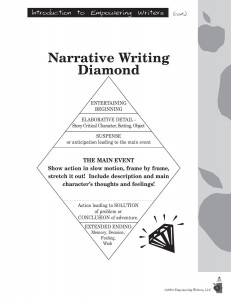 Detail and elaboration are what make good writing come to life! As part of our work with writing narratives, students will go on “sensory walk” on the Nature Trail this Wednesday. Please send outdoor shoes! (Sneakers are fine too.) We will learn to describe our experiences with carefully chosen words: brown wrinkled oak leaves; the gurgling sound of rushing water; spiky green moss smelling of fresh corn; etc. Students will then write their own descriptive paragraphs that put the reader in the picture instead of just naming objects seen and heard.
Detail and elaboration are what make good writing come to life! As part of our work with writing narratives, students will go on “sensory walk” on the Nature Trail this Wednesday. Please send outdoor shoes! (Sneakers are fine too.) We will learn to describe our experiences with carefully chosen words: brown wrinkled oak leaves; the gurgling sound of rushing water; spiky green moss smelling of fresh corn; etc. Students will then write their own descriptive paragraphs that put the reader in the picture instead of just naming objects seen and heard.
 Our math work focuses on algebraic thinking and solving real world problems that involve regrouping with subtraction. Students have been introduced to frames that are extremely useful when making sense of mathematics at this level. This is a parts-and-total frame:
Our math work focuses on algebraic thinking and solving real world problems that involve regrouping with subtraction. Students have been introduced to frames that are extremely useful when making sense of mathematics at this level. This is a parts-and-total frame:
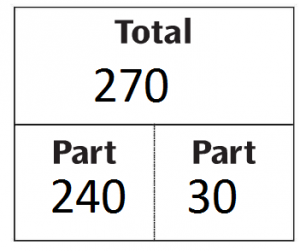
Always, when the two parts are known, we add them to get the total (e.g. 240 stickers and 30 more gives us 270 stickers). And always, when the total is known as well as one of the parts, we subtract to find the unknown part or count up from the known part to the total (e.g. 270 stickers, 240 sold, leaves 30 stickers). This frame is a powerful tool when kids are trying to make sense of problems, helping them see the numbers involved and the kind of calculations needed. It also provides an essential representational step in understanding algebra.
Consider this: There was a cupcake stand at the fun fair. They sold 240 cupcakes, and had 30 left at day’s end. How many were there at the start? Initially, this sounds to kids like a subtraction problem, and many students would solve it like this: 240-30=210. But by filling in the frame, students immediately see that to solve the problem, the parts have to be added to find the total:
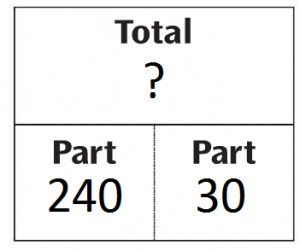 The frame also works to understand algebraic equations, such as _____ + 30 = 270. If you fill in the boxes correctly, understanding where the parts and total go, then it becomes clear that subtraction is one obvious way to solve it:
The frame also works to understand algebraic equations, such as _____ + 30 = 270. If you fill in the boxes correctly, understanding where the parts and total go, then it becomes clear that subtraction is one obvious way to solve it:
See the math homework folder for more info!
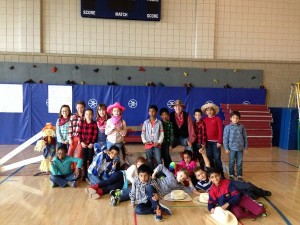 The Harvest Hoedown was a big hit! The kids had a blast kicking up their heels to several square dances and country line dances. What a great way to celebrate the season!
The Harvest Hoedown was a big hit! The kids had a blast kicking up their heels to several square dances and country line dances. What a great way to celebrate the season!

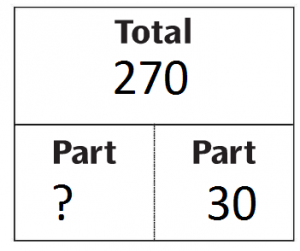
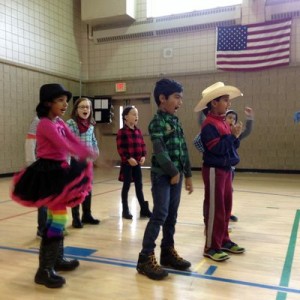
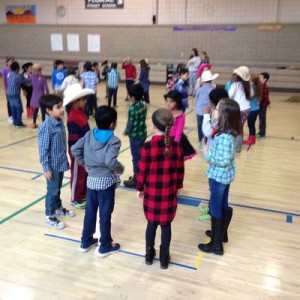
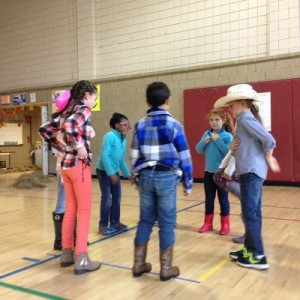
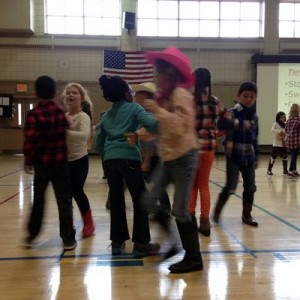
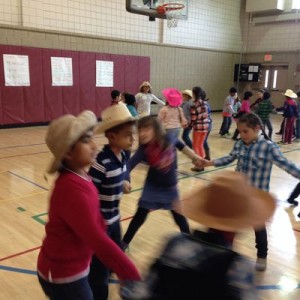
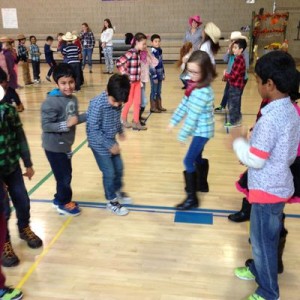


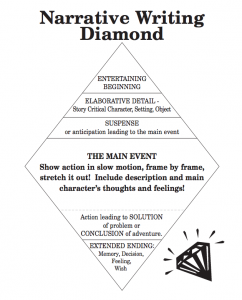
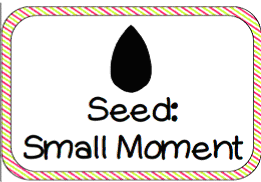



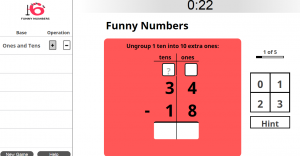
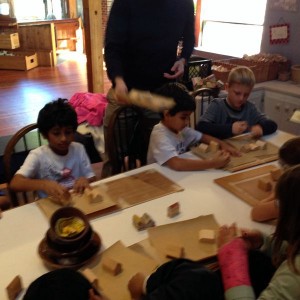
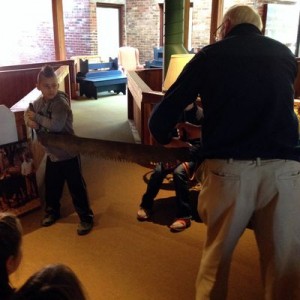
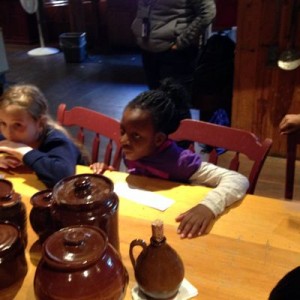
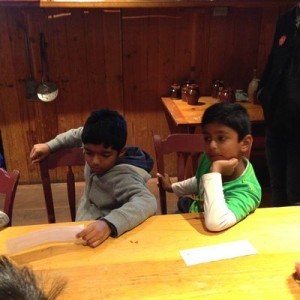
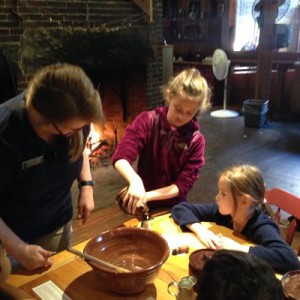
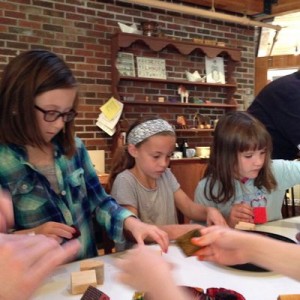
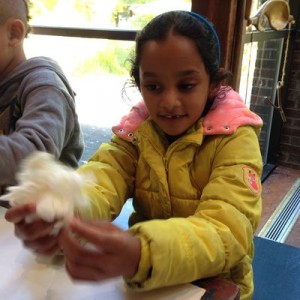
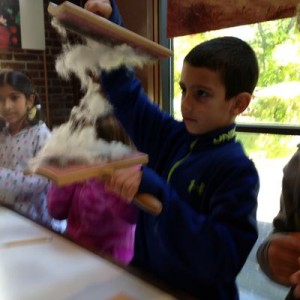
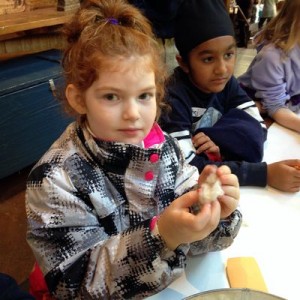
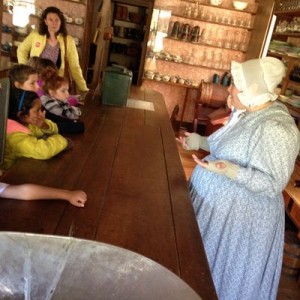
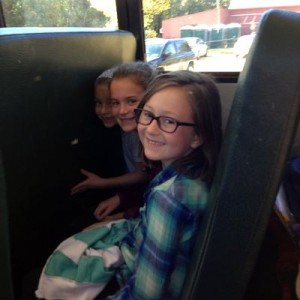
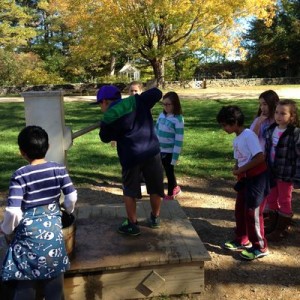
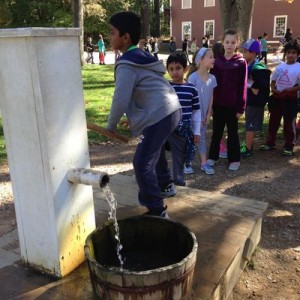
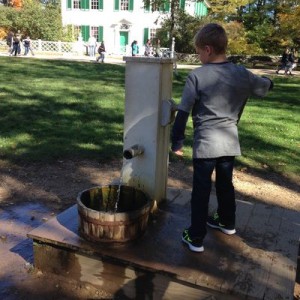
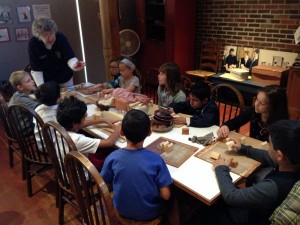
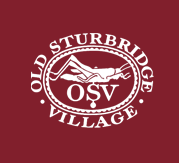




 In Social Studies, students are learning the big ideas about maps, namely: maps show places; and maps use pictures, a compass rose, orientation, scale, labels, and symbols. We will build a 3-d model of our classroom to investigate orientation, scale, and a sense of space. Then we’ll move to the representational stage and create maps of our room and playground using photographs. There are lots of online learning games to help teach and practice these skills, like this one at
In Social Studies, students are learning the big ideas about maps, namely: maps show places; and maps use pictures, a compass rose, orientation, scale, labels, and symbols. We will build a 3-d model of our classroom to investigate orientation, scale, and a sense of space. Then we’ll move to the representational stage and create maps of our room and playground using photographs. There are lots of online learning games to help teach and practice these skills, like this one at 